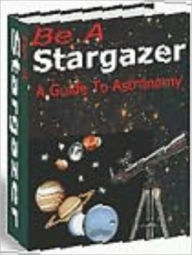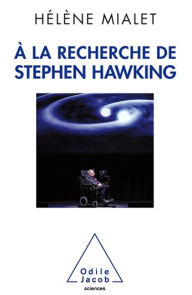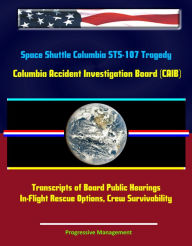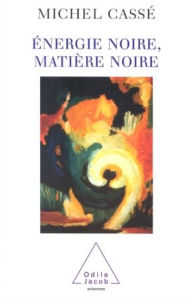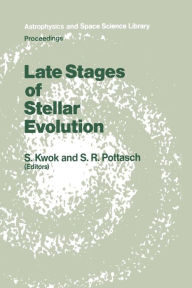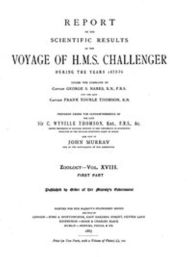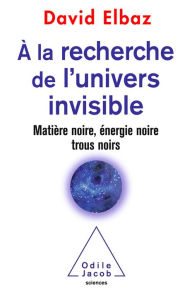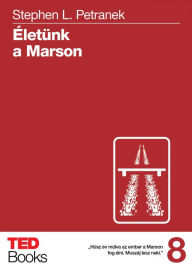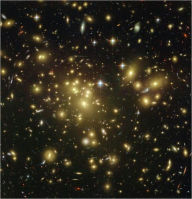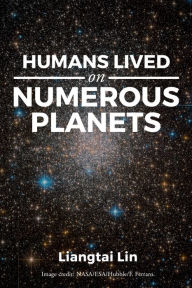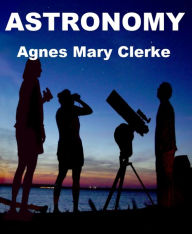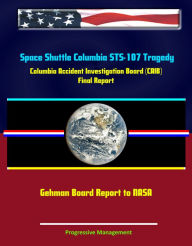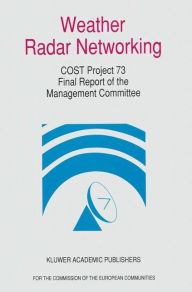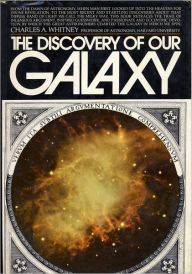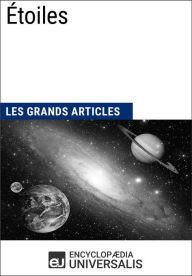Be A Stargazer - Guide to Astronomy laiftllc.com Editor
by laiftllc.com
2020-04-22 20:22:24
Be A Stargazer - Guide to Astronomy laiftllc.com Editor
by laiftllc.com
2020-04-22 20:22:24
Table of Contents:Why Study Light?...4 Introduction To Light...5Introduction To Color...10Astronomical Instruments...14Our Solar System...18The Sun...20Earth's Moon...22Planets...27Asteroids...66Meteoroids...68Comets...70Kuiper Belt...72Beyond Our So...
Read more
Table of Contents:Why Study Light?...4 Introduction To Light...5Introduction To Color...10Astronomical Instruments...14Our Solar System...18The Sun...20Earth's Moon...22Planets...27Asteroids...66Meteoroids...68Comets...70Kuiper Belt...72Beyond Our Solar System...74Stars...76Constellations...94Find The Stars In The Sky...102ASTRONOMICAL INSTRUMENTSTHE TELESCOPESome astronomical instruments are of the simplest character, somemost delicate and complex. When a man smokes a piece of glass, inorder to see an eclipse of the sun, he makes a simple instrument.Ferguson, lying on his back and slipping beads on a string at a certaindistance above his eye, measured the relative distances of the stars.Refracting TelescopeThe use of more complex instruments commenced when Galileoapplied the telescope to the heavens. He cannot be said to haveinvented the telescope, but he certainly constructed his own without apattern, and used it to good purpose. It consists of a lens, O B (Fig.13), which acts as a multiple prism to bend all the rays to one point atR. Place the eye there, and it receives as much light as if it were aslarge as the lens O B. The rays, however, are convergent, and thepoint difficult to find. Hence there is placed at R a concave lens,passing through which the rays emerge in parallel lines, and arereceived by the eye. Binoculars are made upon precisely this principletoday, because they can be made conveniently short.Fig. 13.—Refracting Telescope.If, instead of a concave lens at R, converting the converging rays intoparallel ones, we place a convex or magnifying lens, the minute imageis enlarged as much as an object seems diminished when the telescopeis reversed. This is the grand principle of the refracting telescope.Difficulties innumerable arise as we attempt to enlarge theinstruments. These have been overcome, one after another.The Reflecting TelescopeThis instrument differs radically from the refracting one alreadydescribed. It receives the light in a concave mirror, M (Fig. 14), whichreflects it to the focus F, producing the same result as the lens of therefracting telescope. Here a mirror may be placed obliquely, reflectingthe image at right angles to the eye, outside the tube, in which case itis called the Newtonian telescope; or a mirror at R may be placedperpendicularly, and send the rays through an opening in the mirror atM. This form is called the Gregorian telescope. Or the mirror M may beslightly inclined to the coming rays, so as to bring the point F entirelyoutside the tube, in which case it is called the Herschelian telescope. Ineither case the image may be magnified, as in the refracting telescope.Fig. 14.—Reflecting Telescope.Reflecting telescopes are made of all sizes, up to the Cyclopean eye ofthe Subaru telescope which is 327 inches i diameter. The form ofinstrument to be preferred depends on the use to which it is to be put.The loss of light in passing through glass lenses is about two-tenths.The loss by reflection is often one-half. In view of this peculiarity andmany others, it is held that a twenty-six-inch refractor is fully equal toany six-foot reflector.The mounting of large telescopes demands the highest engineeringability. The whole instrument, with its vast weight , with itsaccompanying tube and appurtenances, must be pointed as accuratleyas a rifle, and held as steadily as the axis of the globe. To give it therequired steadiness, the foundation on which it is placed is sunk deepin the earth, far from rail or other roads, and no part of theobservatory is allowed to touch this support.When a star is once found, the earth swiftly rotates the telescope awayfrom it, and it passes out of the field. To avoid this, clock-work is soarranged that the great telescope follows the star by the hour, ifrequired. It will take a star at its eastern rising, and hold it constantlyin view while it climbs to the meridian and sinks in the west. Thereflector demands still more difficult engineering.The SpectroscopeA spectrum is a collection of the colors which are dispersed by a prismfrom any given light. If it is sunlight, it is a solar spectrum; if thesource of light is a star, candle, glowing metal, or gas, it is thespectrum of a star, candle, glowing metal, or gas. An instrument tosee these spectra is called a spectroscope.Considering the infinite variety of light, and its easy modification andabsorption, we should expect an immense number of spectra. A mereprism disperses the light so imperfectly that different orders ofvibrations, perceived as colors
Less


